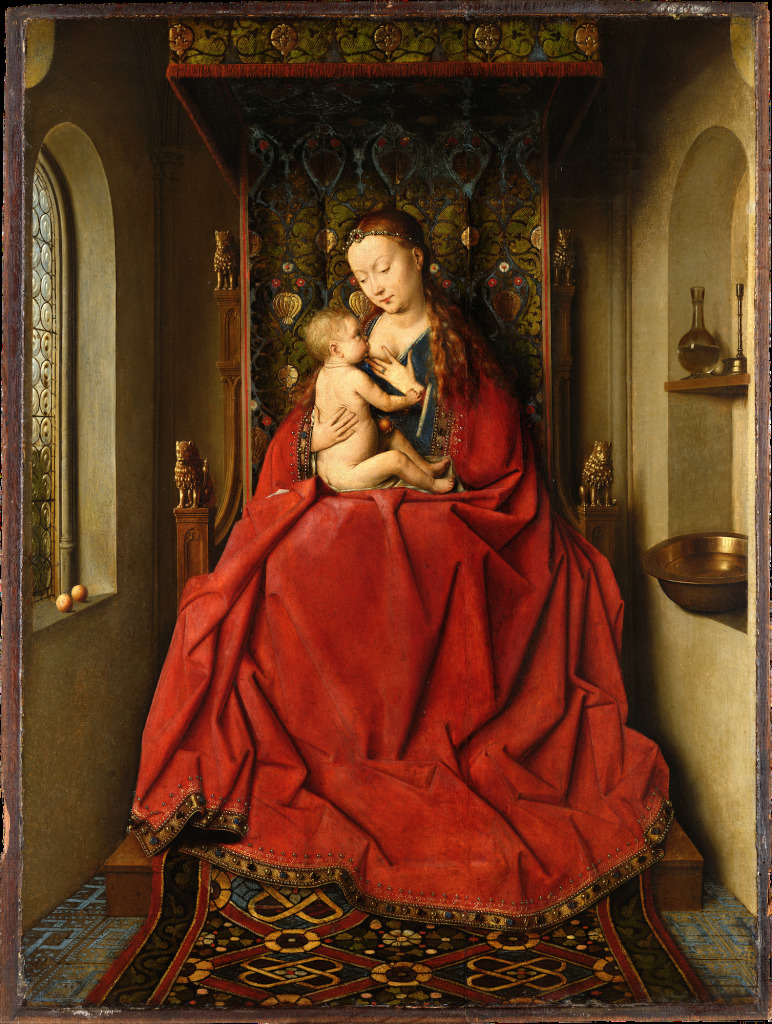Efforts are underway to address structural concerns within Istanbul’s iconic Hagia Sophia, with a focus on the restoration of a vital minaret following the discovery of significant cracks. Steel scaffolding now envelops the minaret named after Ottoman Sultan Bayezid II, situated in the historic mosque overlooking the revered Topkapı Palace.
Professor Dr. Hasan Fırat Diker, a member of the scientific committee overseeing the restoration of Hagia Sophia, provided insights into the ongoing endeavors. Highlighting the urgency of the situation, Diker noted that the restoration commenced with the Bayezid II Minaret, identified as having the most pronounced structural vulnerabilities among the four minarets of Hagia Sophia. The initial phase involves meticulously stripping the minaret’s stones to investigate potential causes such as seismic activity or corrosion.
Diker emphasized the necessity of tailored restoration methods for each minaret, acknowledging their distinct architectural characteristics. Following the completion of the restoration on the Bayezid II Minaret, attention will turn to addressing similar concerns in the other minarets.
Regarding the temporary installations of steel scaffolding and the visitor entrance gate, Diker reassured that these measures are precautionary and essential for ensuring visitor safety during the restoration process. He stressed the importance of thorough assessments to determine the most appropriate intervention methods, underscoring that rushing the restoration could compromise its efficacy.
Furthermore, Diker outlined broader restoration plans that extend beyond the minarets to encompass the entire structure, including its exterior facade and domes. This comprehensive approach reflects a commitment to preserving Hagia Sophia’s architectural heritage for future generations.
A statement from the Directorate General of Foundations confirmed the necessity of the restoration efforts, citing the detection of a deep crack in the Bayezid II Minaret. The decision to implement the restoration, endorsed by the Scientific Committee of Hagia Sophia, underscores the importance of safeguarding this cultural landmark and ensuring the safety of its visitors.









